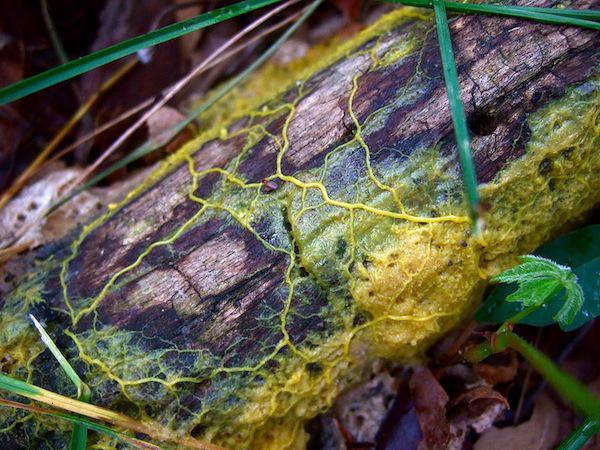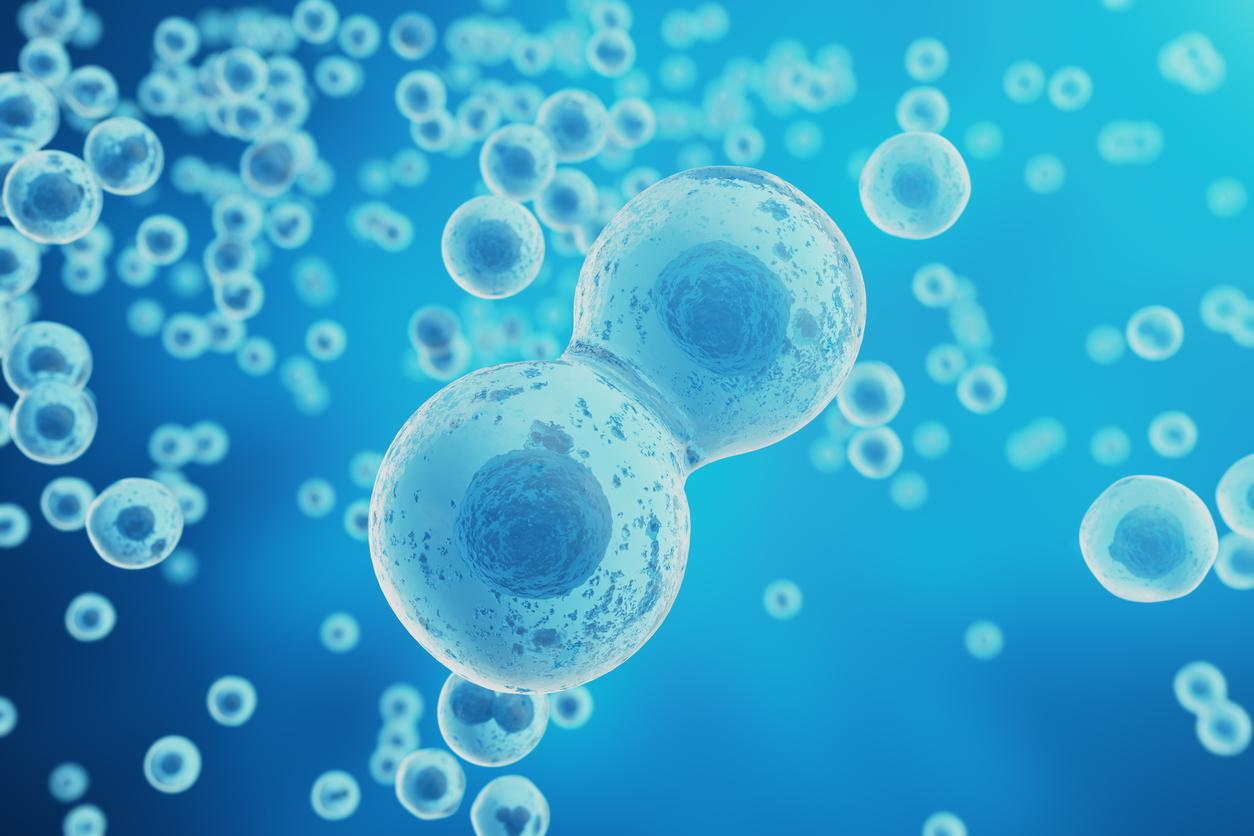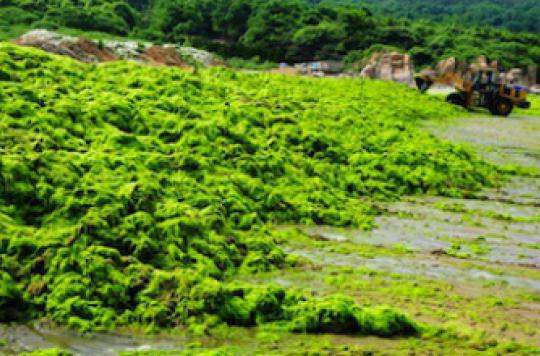The blob, an organism devoid of a brain, has an extraordinary power: it can transmit information by merging with its peers, reveals a study.

The blob is really weird. Starting with the name; as if the scientists who baptized him had literally dried up that day, and dropped the first noise that came to their mind. “Blob”.
Nature has not stepped on either. Of all its production on earth, the blob is one of the least complex organisms. It is unicellular, shapeless, very small. It does not belong to the animal or vegetable kingdom; it is neither an insect nor a fungus. It covers branches of wood, gives them a relatively pretty yellow color, and that’s it. Of course, it is made up of thousands of nuclei and plays a fundamental role in biodiversity. But nobody knows, nobody cares and in the undergrowth where he lives, he goes completely unnoticed.
Magic power
And yet. The blob, Latin name Physarum polycephalum, has enough to make the human species green with envy and dethrone its intellectual supremacy. Because this ridiculously insignificant being is endowed with an extraordinary faculty, a magic power which exists, in man, only in his most secret fantasies. Indeed, the blob, creature devoid of brain, of any cognitive system, is able to absorb the knowledge of its congeners. He accesses knowledge like that, doing nothing, just in the presence of one of his peers. Yes, absolutely, like the girl in the show Heroes.
CNRS researchers are working on the characteristics of this amazing organism. In previous work, they had shown that blobs have a learning capacity, despite their absence of a brain. The creatures had thus learned that the foods they detest and on which they instinctively refuse to venture (salt, coffee, etc.) were in reality harmless, and that they could cross them without danger to reach the food that awaited them. behind.

“Physarum polycephalum, a cell composed of thousands of nuclei which can cover surfaces of the order of a square meter, naturally has the ability to fragment (in the presence of obstacles) and to merge”, explain the researchers. CC:
This time, the researchers discovered that the blob was able to transmit this knowledge to its congeners, by simply merging with them. For this experiment, 2000 blobs were “trained” to recognize salt as a harmless substance. Some of them were mixed with untrained blobs, thus constituting three categories of blobs: the “experienced”, the “mixed” and the “naive”. All had to cross a salt bridge to reach their food.
Merger
“To the surprise of the researchers, the mixed blobs were as fast as the experienced blobs, and especially much faster than the naive blobs – as if the learning of the harmlessness of salt had been shared,” the team notes in a statement.
The same result was observed on groups of three and four blobs, whatever the number of “experts”: “an experienced blob was enough for the information to circulate”. Three hours later, after having separated all this small microbiological world, the researchers repeated the experiment: same performance of the mixed blobs. The information has been transmitted and printed in the long term.
“Under a microscope, the researchers noticed that a vein formed between the blobs at the very spot where they fused, and that it took three hours to establish. It is undoubtedly by this means that the information circulates ”, explain the researchers, who intend to continue their research. Next step: understand in what form this extraordinary transmission takes place, which would almost make you want to be a blob …
.











-1606746109.jpg)

